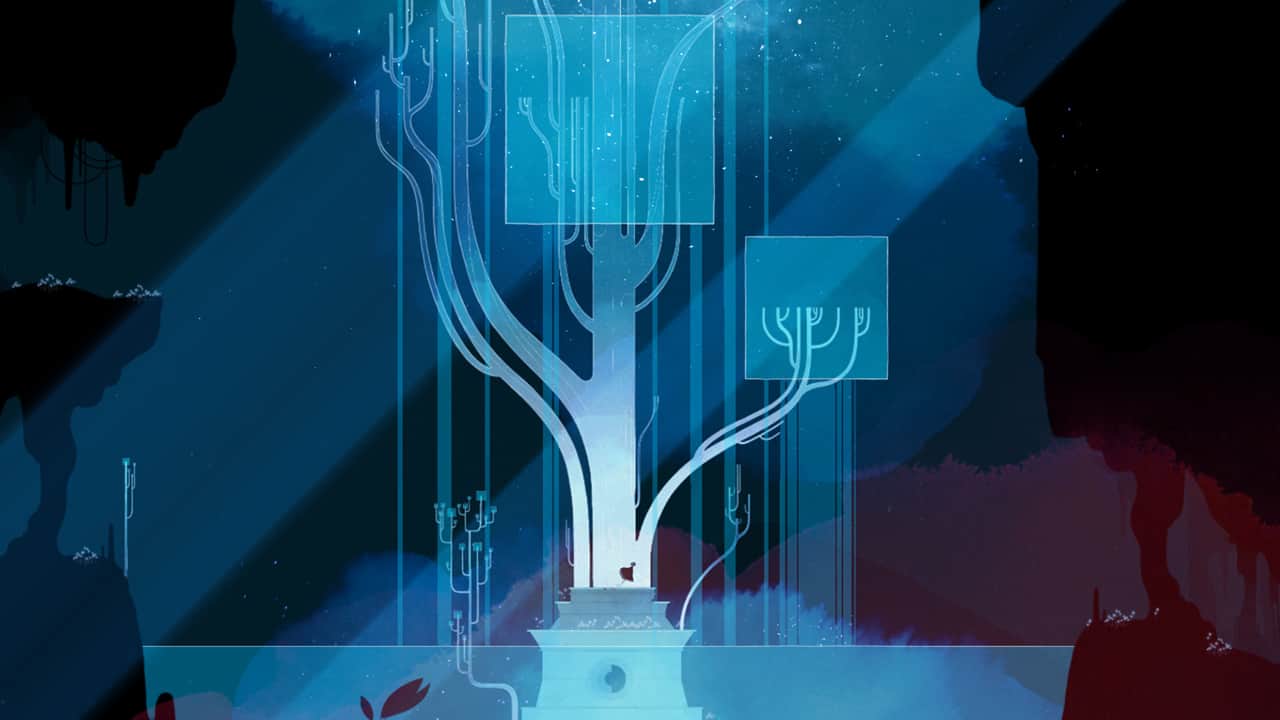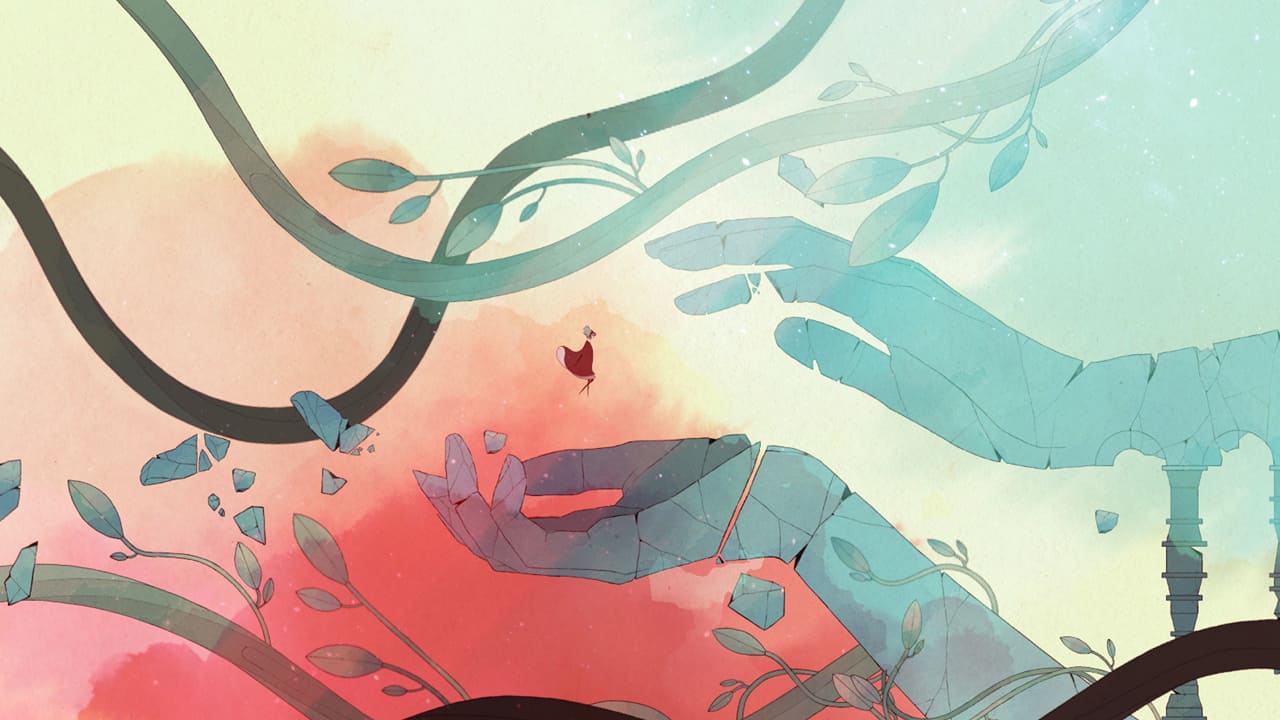“Gris is a hopeful young girl lost in her own world, dealing with a painful experience in her life. Her journey through sorrow is manifested in her dress, which grants new abilities to better navigate her faded reality. As the story unfolds, Gris will grow emotionally and see her world in a different way, revealing new paths to explore using her new abilities.” – Nomada Studio
Gris is so much more than a simple platformer that has you progress through its world, unlocking new abilities, which allows you to reach new areas. Gris is a story about healing and survival as the female protagonist passes through the 5 stages of grief and personal loss. Gris is not a game focused on the dexterous skill required to jump from block to block, but one that’s seeking to imbue every aspect of its design with the mental strength, vulnerability and perseverance required to reforge the pillars of a life after they’ve shattered and broken.

Gris the protagonist has a dress that is a shield against the world and as new abilities you unlock are only accessed after moments representing intense emotional breakthroughs. Then the obstacles you face, the dark manifestations of miss Gris’s trauma, can’t be defeated in combat. Rather, they must be dealt with by learning how to use your new (rather reclaimed) abilities to your advantage, to work with them and through them to complete a task. All of these ideas are wrapped in a beautiful watercolor-inspired art style and an incredibly moving score.
A big part of gaming isn’t the almost-inevitable boss encounters, but navigating those kinds of battles. Even though there is no combat in Gris, each encounter certainly has you on the edge of your seat until you remember that each encounter is harmless and there is no death.
The world is meticulously designed place brought to life with delicate water colour art. The principle of this game is to slowly bring back colour into Gris’s world, each representing the 5 stages of grief, to eventually ascend and transverse back into the light where our protagonist once was. After the shattering, or trauma event miss Gris lands in a world of white, terribly weak, unable to even put one foot in front of the other and without her voice, representing the first stage denial. True to the emotion the landscape is incredibly barren and empty. Next comes red representing anger. The landscape changes slightly and there are sudden flare up of ‘rage’ of dust clouds pushing and blowing our protagonist around against her will. After comes green representing bargaining.

The landscape changes again and a few trees form, albeit still dark. You encounter an adorable little cube buddy and you trade favors to help complete puzzles. Once cube friend gives you his big gift you fall soon after into blue, or depression. Once again the landscape shifts and miss Gris lands in a watery world where the only way she can go is deeper and deeper into blackness. Finally you’re helped back into the light and regain your voice and being to sing again with the colour yellow representing acceptance. By the end miss Gris become incredibly mobile and skilled. Hers is a journey to reclaim an intangible, inner kind of power. It is a journey toward rediscovering the self, and toward peace.
Gris is simply packed with little details that when considered or interacted with, blossom into meaning. Each step, environment, colour, skill or even the bosses themselves all call out to the player, inviting them to pause and reflect on pain and loss and how to move on toward fulfillment and peace. You’re not simply moving through the environment, either. It reacts to you, welcomes you, and empowers you to think cleverly about solutions.
Gris will only take you a handful of hours to play from start to finish, but I can’t recommend it strongly enough. I only wish the experience lasted longer.

The Good
- Draws You In
- Meticulously Designed World
The Bad
- Just Not Long Enough








